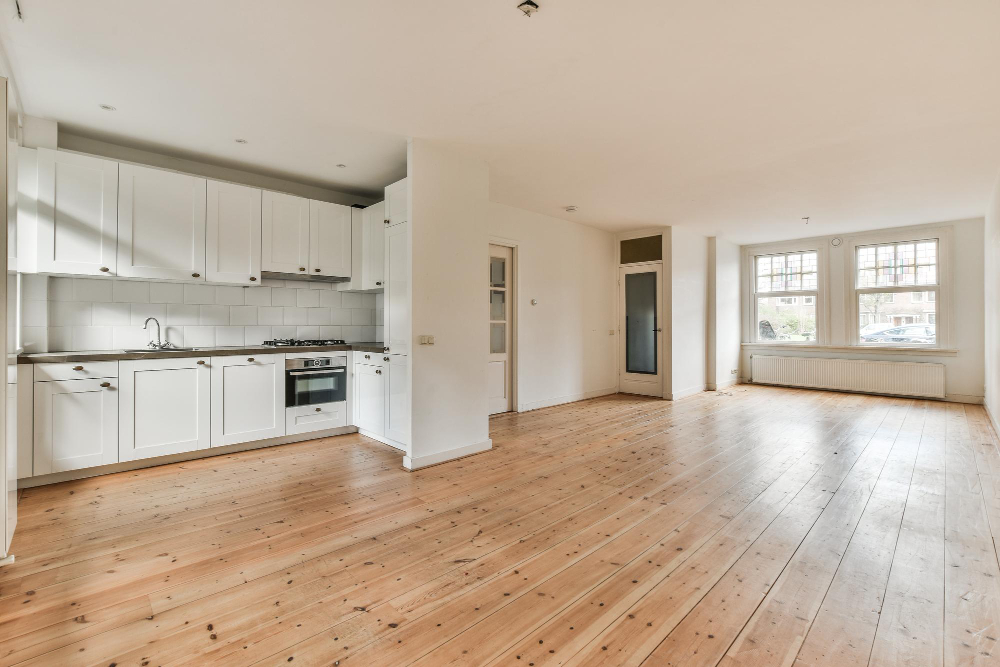Changing your home’s flooring can transform the look and feel of your space. However, the process from selection to installation can be daunting. This practical guide is designed to help you navigate these steps with confidence.
Understanding Your Flooring Needs
Before diving into the vast world of flooring options, it’s crucial to assess your needs:
- Lifestyle Considerations: Do you have pets, children, or high traffic in certain areas of the house? Some flooring types are more durable and scratch-resistant than others, making them ideal for busy households.
- Aesthetic Preferences: What is your style preference? Modern, rustic, traditional? Your flooring choice should complement the overall design of your home.
- Budget: Set a realistic budget. Remember, the cost isn’t just the flooring material but also includes installation and potential subfloor preparation.
Measuring Your Space
Accurate measurements are crucial for budgeting and purchasing the right amount of material. Measure the length and width of your room and calculate the square footage accordingly. Always buy a little extra to account for mistakes or any future repairs that may be needed.
Choosing the Right Underlayment
The underlayment is the layer between your subfloor and the new flooring. It can provide moisture protection, sound reduction, and additional comfort. The type of underlayment that you should choose depends on the flooring material and your specific needs.
Preparing for Installation
Preparation is key to a successful installation:
- Remove Existing Flooring: This can be a DIY project or handled by professionals. Ensure the subfloor is clean, dry, and level.
- Acclimate New Flooring: Especially important for wood and laminate, let your new flooring adjust to the room’s temperature and humidity for a few days before installation.
DIY vs. Professional Installation
Consider whether to DIY or hire a professional. While DIY can save money, professional installation guarantees expertise, especially for complex materials such as hardwood or tile. In addition, professional carpet installation with companies like aflooringboutique.co.uk will be much quicker and have a smart-looking finish.
The Installation Process
The installation process varies by flooring type:
- Floating Floors: Laminate and some vinyl products can be installed over the existing floor. They usually snap together in a floating design, making DIY installation feasible.
- Glue or Nail Down: Hardwood floors often require nailing down, while some tiles and vinyl need to be glued. This process is generally more complex and might be best left to professionals.
Post-Installation Care
Once installed, proper care will extend the life of your new flooring:
- Follow Specific Care Guidelines: Each material has unique care instructions. Follow these to prevent damage.
- Regular Cleaning: Regular cleaning maintains the appearance and longevity of your flooring.
- Prevent Damage: Use protective pads under furniture and rugs in high-traffic areas.
Conclusion
Changing your home’s flooring is a significant undertaking but can dramatically enhance your living space. By carefully considering your needs, selecting the right material, and ensuring proper installation, you can enjoy your new floors for years to come. Remember, whether you choose to DIY or hire professionals, the key to successful flooring lies in meticulous planning and execution.



